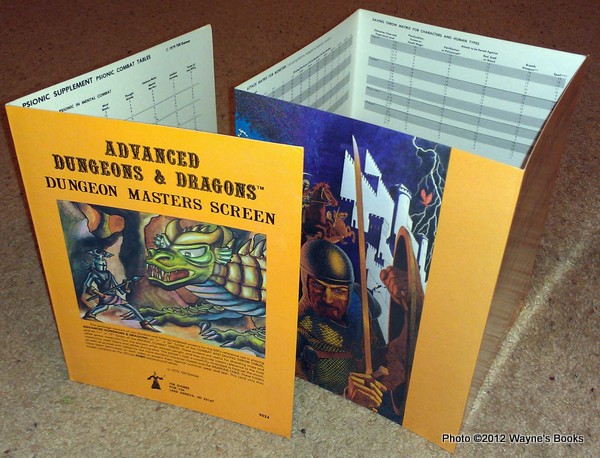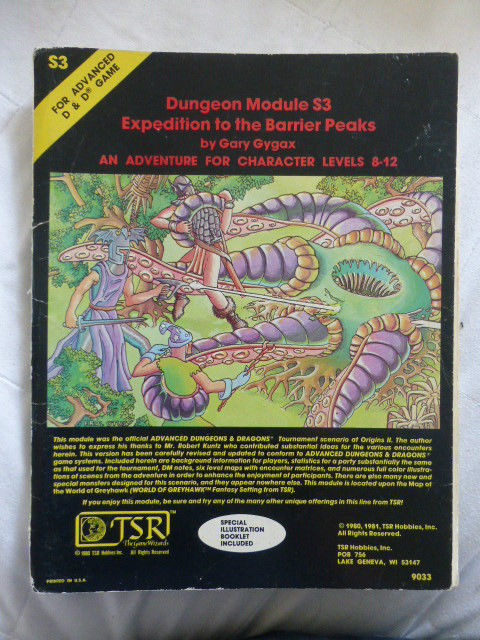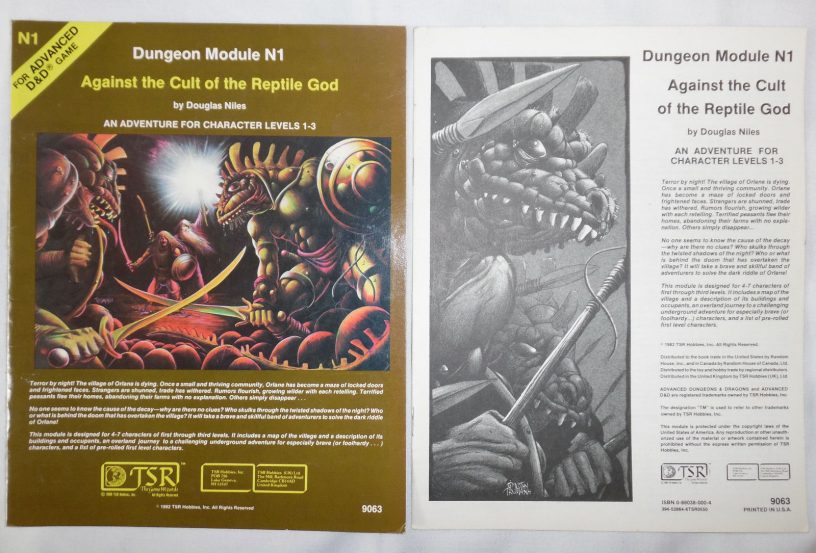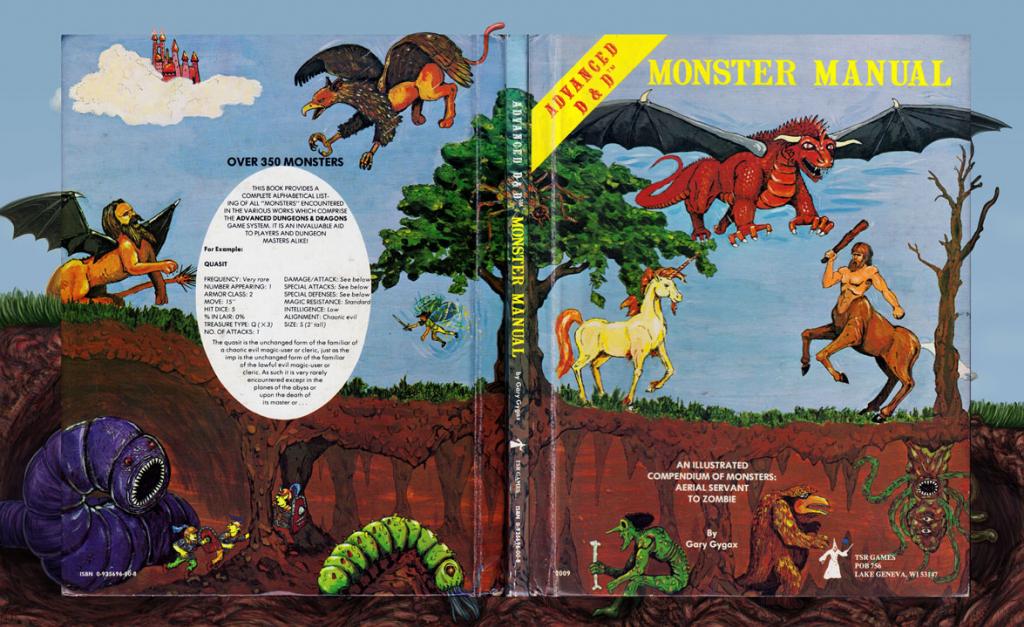There’s just something about the first time you play a roleplaying game–the newness, the mystery, the excitement, the fun! As soon as my first session was over, I wanted to play again. And in many ways that initial experience of roleplaying compels us to keep going. In the drug subculture, they call it “chasing the dragon,” always trying to recapture that initial experience–trying to get back to that first high.
Despite the necessary warnings attached to such an endeavor, I have decided to chase the dragon. Which dragon, you ask? The advanced one, of course.
In 1977, the first AD&D rulebook was released. Gary Gygax had taken the kernel of an idea that was original D&D and developed it into its own independent game. And thus, modern roleplaying games were born. Unfortunately, I was not yet born. When I first saw the light of day in 1983, AD&D books were already in their 7th printing. It was a bit before my time.
In fact, I didn’t start roleplaying until 2011, using the oft-maligned 4th Edition D&D. Maligned or not, me and my friends enjoyed it for quite a while. For three years in fact. Eventually I grew tired of the system (for a whole host of reasons) and I moved on to other games, most relevantly the FFG Star Wars RPG. But when 5e starting getting really good reviews, I found myself wanting to go back to the swords and shields…yet I was left with a nagging question:
Why play 5th Edition, when I could play 1st Edition? Why play new modules and scenarios, when I haven’t even played the oldest, most revered, and most nostalgic?
So I envisioned a project, which I’ve called Chasing the Dragon. It’s all about going back in time and recapturing the experience of the first D&D players. I’m learning the rules of 1st Edition AD&D from the ground up. And then I intend to either DM or play through every module written by Gary Gygax. And I’m going to chronicle this process here on MadCleric.com.
Every Tuesday and Thursday, you can expect new content. It may be short and sweet. It may be a full-length podcast. It could be recordings of live-play! The sky (and my schedule) is the limit. So, grab your sword and put on your running shoes, because we’ve got a dragon to chase.
Have you ever played 1e AD&D? What advice would you give me? If you’ve never played it before, why not? Answer below in the comments!







 Gygax is seeking to harness the Tolkienesque ambiance of the Lord of the Rings with the help of a die. I actually didn’t even notice the die in the picture until my third or fourth time looking at it. And really, the game should function the same way. The fantasy is primary–the dice, secondary. Whether or not that is how it turns out still waits to be shown (to me).
Gygax is seeking to harness the Tolkienesque ambiance of the Lord of the Rings with the help of a die. I actually didn’t even notice the die in the picture until my third or fourth time looking at it. And really, the game should function the same way. The fantasy is primary–the dice, secondary. Whether or not that is how it turns out still waits to be shown (to me).

